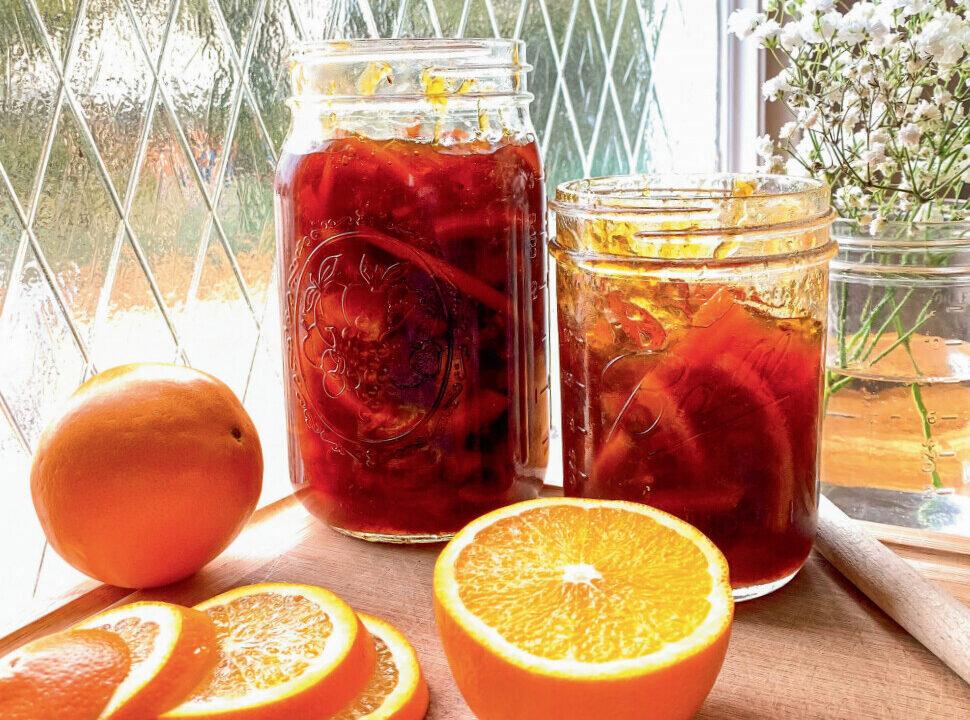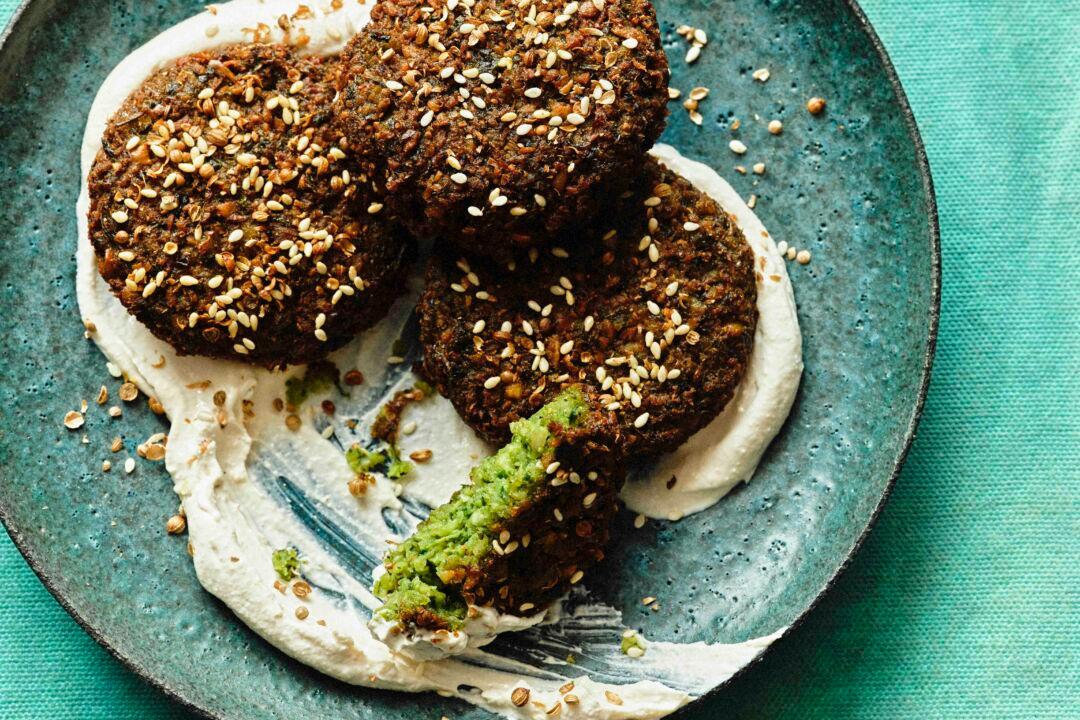This recipe is the result of tweaking and adapting from many recipes over the years. In this version, I cut my peels rather thickly, as I like the pungent orange flavor. If you prefer a milder, sweeter flavor and softer texture, cut the peels very finely.
Seville oranges are the best ones for marmalade as they have a naturally high level of pectin—the ingredient that helps the marmalade set, naturally found in oranges, concentrated in the peel—so use those if you can find them.





